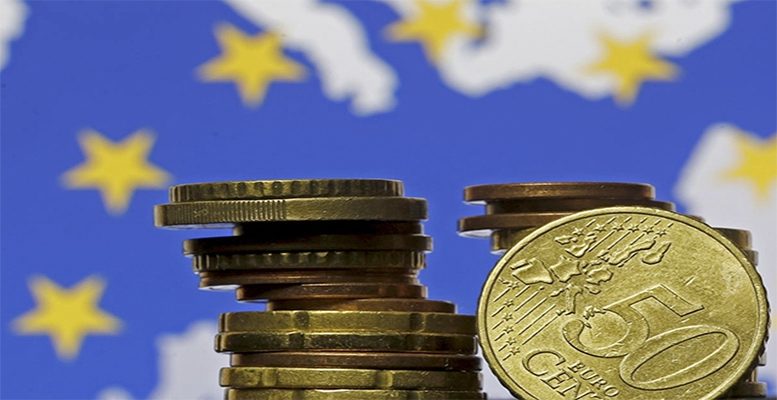By Nicola Mai (PIMCO)| In its 20th year, the monetary union remains a work in progress and is still inherently unstable, as we argued last year, due to structurally low inflation in core countries, a lack of commitment to macro convergence among countries, and a lack of willingness to commit to further fiscal and political integration.
The ECB has been the glue that has held the region together but, with policy rates at negative levels, and unconventional measures such as forward guidance, long term refinancing operations (LTROs, or the provision of long-term cheap loans to banks) and quantitative easing having already been implemented in a significant way, the bullets in the monetary arsenal are starting to look scarce.
The effect of monetary easing has been diminishing, suggesting that other policies – first and foremost fiscal policy – would be needed to lift growth. However, the likelihood that the eurozone will engage in meaningful fiscal easing looks relatively low, as the countries which are most able to do so (Germany and the Netherlands) tend to be the least willing, while the most willing (like Italy) are the least able. As a whole, with a budget deficit of -0.5% of GDP and government debt of 87% of GDP, the fiscal parameters of the eurozone look relatively healthy compared with other major economies. But eurozone public finances remain anchored at the national level, and the surge of populism and nationalism dim prospects for further fiscal and political integration.
Overall, the lack of effective countercyclical policy tools and political cohesion make the monetary union vulnerable in the next economic downturn.
Investment implications
This fragile backdrop warrants caution when investing in eurozone peripheral and risk assets. The ECB can support the region for some time ahead, but we would warn investors to be mindful when making trades that are excessively reliant on central bank action, which is becoming less and less effective as interest rates fall further into negative territory. Political risk should also be factored in.
Still, we see pockets of opportunity in high quality sectors in Europe. These include financial institutions, which have been repairing their balance sheets since the 2007-08 financial crisis, and securitized assets that offer decent returns relative to their risk profile. In terms of core assets, we see potential for a further flattening of the Bund curve in light of the region’s Japanification.
Just as the hope in an arranged marriage is that people will fall in love, the hope 20 years ago was that the currency union would foster fiscal and political integration. So far, the European project hasn’t delivered what many had hoped, although the marriage is still holding. As we wrote in August, many view the recent appointments of Christine Lagarde and Ursula von der Leyen to lead the ECB and the European Commission, respectively, as a nod towards completing the eurozone’s unfinished institutional architecture. Maybe they will again do whatever it takes to resurface the path towards a real union, perhaps turning this arranged marriage into a more cohesive blend. However, this is far from guaranteed.





